A medieval castle in the Cantal
Although I usually prefer to visit these places at my own pace, many of the small chateaux in the deep heart of France require you to take a guided tour. They’re proud of their history (most of which is never reported in mainstream books); they often have original furniture and family heirlooms to protect from curious visitors; and (I suspect) they want to give their caretakers an opportunity to make a little extra income from gratuities and gift-shop sales.
In any case, it wasn’t surprising that the only way to visit the Chateau d’Anjony in Tournemire – one of France’s official “most beautiful villages” -- is in the company of a guide. And what a guide! Monsieur Martin took more than an hour to work his rapt audience through 4 or 5 rooms in only one of the castle’s four towers, telling stories about the families that lived here and the extraordinary possessions they brought back to this home.
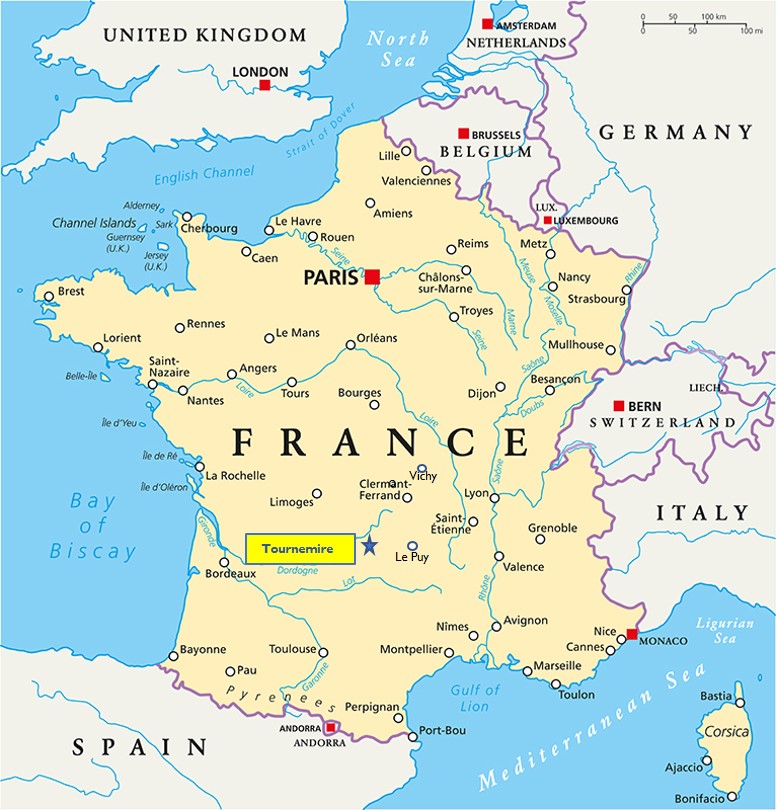
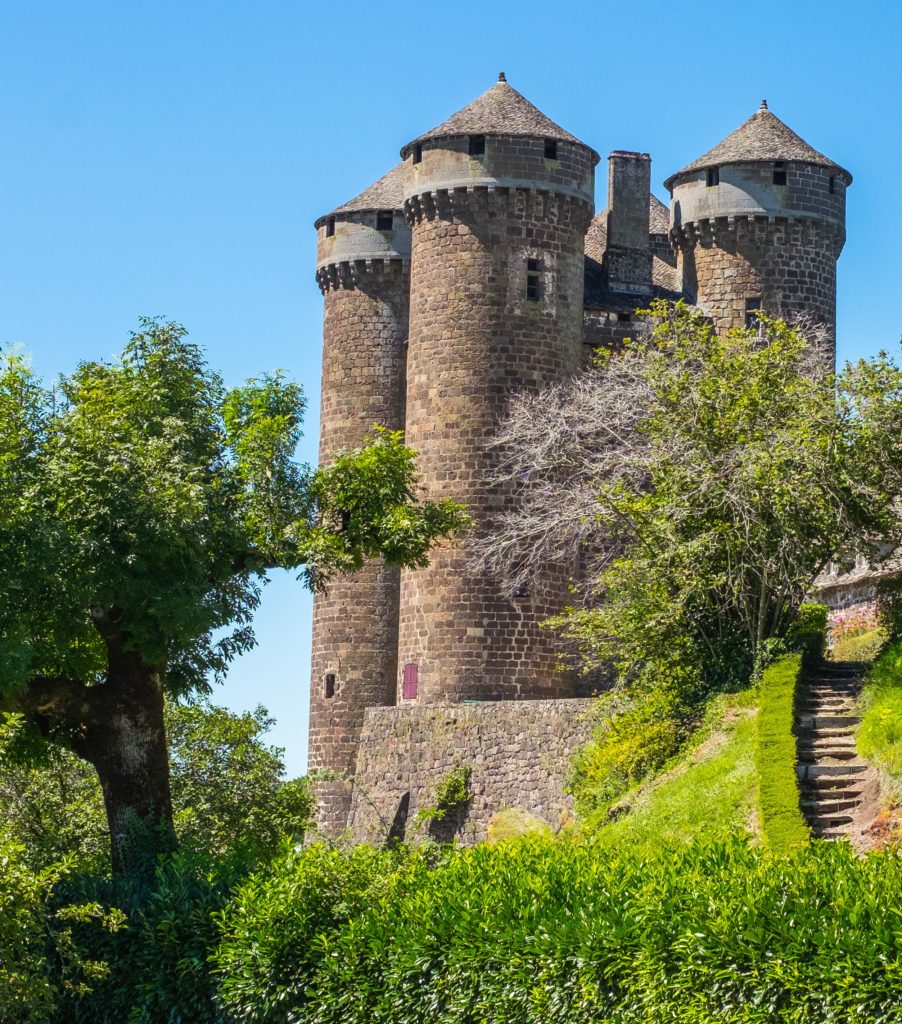
I was the only non-French visitor in a crowd of 20, which Monsieur Martin quickly discovered as he made the rounds asking where each of us came from. The instant he heard my accent, he frowned and said “Ahh…English?” When I told him I was American, he brightened and said “Oh! Sherman tanks!” Then, for the rest of the tour as we made the transition from room to room, he took me aside to elaborate on his view of American contributions to World War II. Most remarkably, he told me how many of the castle’s most precious art works had been whisked away to Canada and the U.S. to keep them out of the hands of the occupying German army.
Feeling like you are "chez vous"
Among all the palaces and grand chateaux we’ve visited over the years, Karen and I have developed a particular preference for those places that radiate a real feel for the people who’ve lived there and what their lives must have been like. (In the great houses of the Loire Valley, for example, you get no “homey” feel when you visit the enormous, chilly barn at Chambord, but a much cozier idea of what life was like for residents at Chenonceau and Cheverny.)
The Chateau d’Anjony is definitely one of those places that seems like someone’s home. Built in 1439, near the end of the catastrophic Hundred Years’ War between France and England, it has the advantage of never being the object of a military attack, as well as the benefit of being occupied by one family over 600 years. That means the Aubusson tapestry showing the King of France on a hunt, the ornate Spanish travel trunk, the grand piano, the cradle in one corner and the desk with a tea set in another, all are original furnishings in the house.
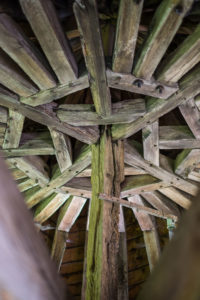
The fat wooden planks in the floor of the third floor squeak as you walk over them (they were installed here when Louis XIV was still King!); there’s a smell of smoke lingering in the rooms around the massive fireplaces.
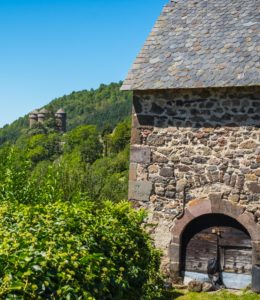
A chapel still in use today
The most remarkable evidence of long-term occupation, for me, was the tiny chapel attached to the grand salon on the first floor. The walls are richly painted in 16th-century Flemish style with scenes from the stations of the Cross, the Ascension, and Pentecost. A tiny black virgin, so common in many of the major churches of the Auvergne and the Dordogne, cradles a tiny carving of the infant Jesus.
The tapestry over the altar is faded almost beyond recognition. The paintings all feature characters from the Bible, but all done up in Renaissance style – Pontius Pilate, for example, is shown with long, curly hair, a Renaissance dandy in a long red coat and riding boots as he famously washes his hands of his involvement in Christ’s trial.
The chapel is still consecrated, Monsieur Martin tells us, and is still used to celebrate a family mass once a year. (It would have to be standing-room only, though, and even then for not more than 15 people or so!) More modern family wedding photos stand on a table to one side, confirming the feeling that this is a house for living more than a historical show-piece.
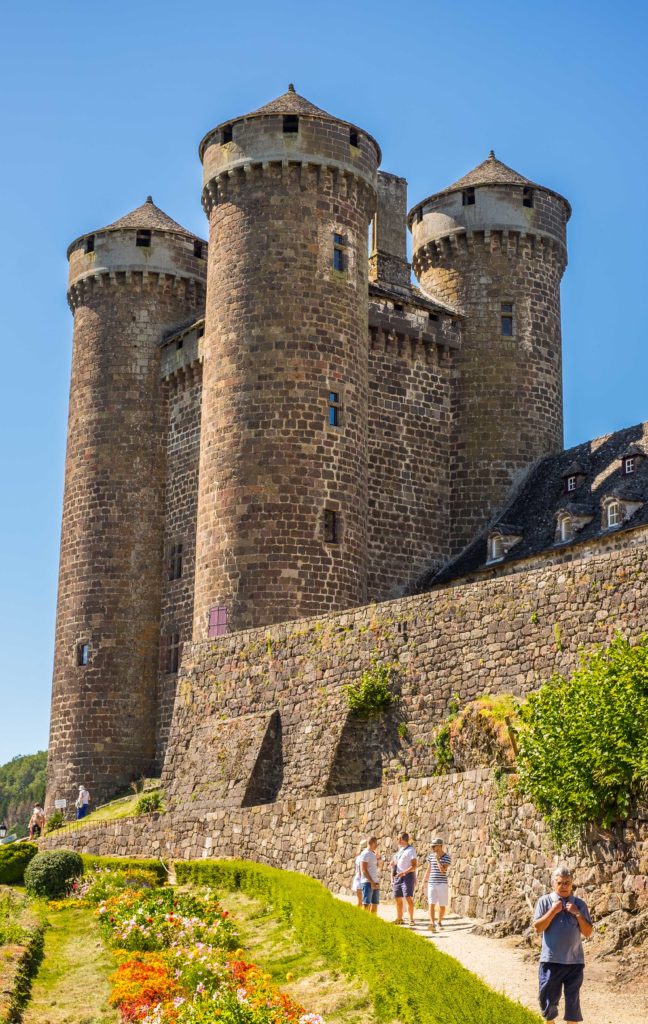
Back to the present
The tour of the Chateau d’Anjony ends on the top floor in the narrow stone galleries that connect the four towers of the donjon. I’m looking out across the valley of the River Doire below as Monsieur Martin finishes his commentary. With no warning at all, a military jet comes screaming through this beautiful bucolic setting, so low and so close that the engine’s roar hurts the ears. Monsieur Martin waits patiently while it passes, then gives that classic French shrug of the shoulders. “You see,” he says, Louis XIV still has plenty of resources in this area!”
Two families who tell the story of France
We descend and walk back up through the flower gardens to the main village of Tournemire. It’s officially one of the “most beautiful villages” in France, and likely would meet the requirements even if it did not have the huge advantage of having the chateau sitting at one end of its main street.
As the locals will tell you, this is really a village that encapsulates the history of two families. There once was another castle here – the family home of the Tournemires, first mentioned in 1050 A.D. And over the centuries, the drama between the Tournemires and the Anjonys reflects the broader history of France as it evolved from a loose collection of feudal states into the great kingdom it eventually became.
The Tournemires were local knights during that early period when there was no central power in Paris – or, at least, not one strong enough to protect all its territories. They were “petits seigneurs” (“little lords”) loyal to the Count of Auvergne (rather than the King of France), making their living off their own lands. The knights of the Tournemire family went off to fight in the Crusades – and found, like many other families of the minor aristocracy, that waging war in a distant foreign land was ruinously expensive.
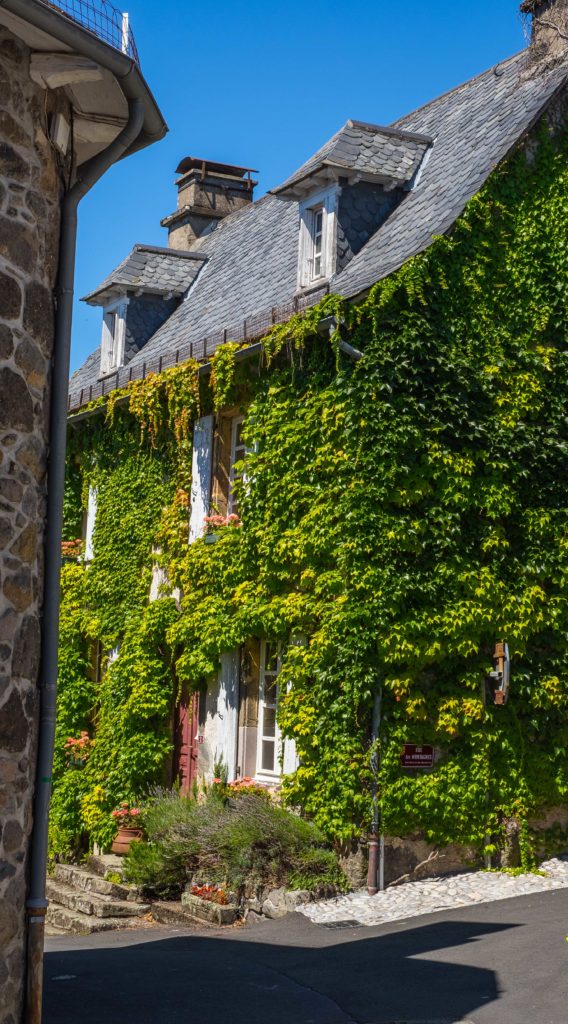
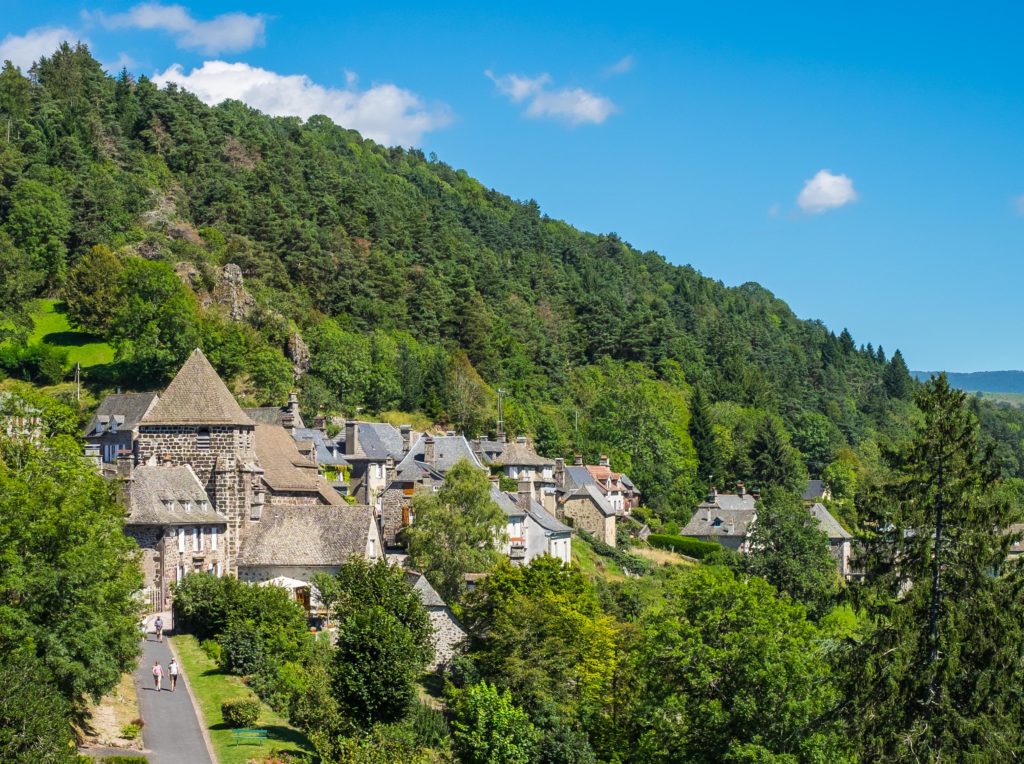
As the Crusades ended, and the Kings of France began to assert themselves more vigorously in the governance of the whole country, the Tournemires began to sell of their lands…and there to take up the banner was a new generation of French nobles, the Anjony family. They came from the merchant class – the Anjonys sold furs down the road from here in Aurillac – bought land here and got permission (in 1439) to build the little 4-towered castle we toured earlier today. Loyal to the King of France (rather than any local lord), they established the town as the center of the crown’s administrative affairs in this corner of the country.
Local accounts say that a kind of feud – Anjony versus Tournemire, monarchists versus local lords – went on here for a couple of centuries more, culminating in 1623 by a public duel. This little local war was finally put to rest in 1643, when a double marriage was organized to unite the families once and for all.
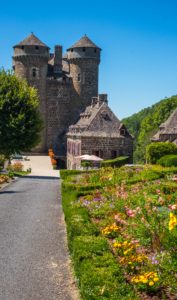
Tournemire: "Un des plus beaux villages de France"
The town they built around the remaining Anjony chateau is tiny, but well worth a visit. Like Apremont-sur-Allier (another of my favorite “most beautiful villages” in the deep heart of France) it’s essentially one long street; you can walk end-to-end in 15 minutes or less if you don’t stop to enjoy the local sights. Like Apremont, Tournemire has almost no real commerce to speak of – one restaurant and two little touristy gift shops, but no grocery, no pharmacy, no doctors or other trades in evidence anywhere.
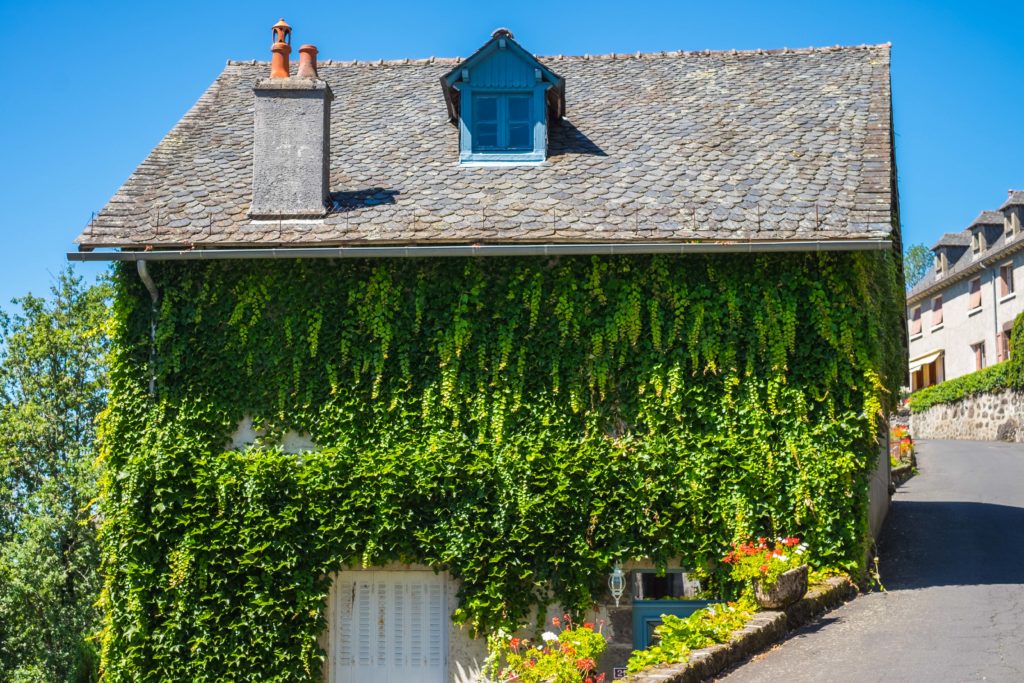
During the village’s “golden age” in the 1800s, as many as 628 people lived here. There were a tailor and a flour mill driven by the Doire river. The town’s traditional activity as a center of copper work was eventually replaced by shoemakers, then by cloth weavers – all gone now.
The little church near the “castle” end of town is an inviting stop along the path. Its architecture is Romanesque, although many of the decorative touches are somewhat more Gothic, more flamboyant than you see in most small churches in this region. One of the village’s prized possessions is a reliquary containing what is supposed to be one of the thorns from Christ’s crown, brought back home by Pierre d’Anjony from his work as a Crusader in the Holy Lands.
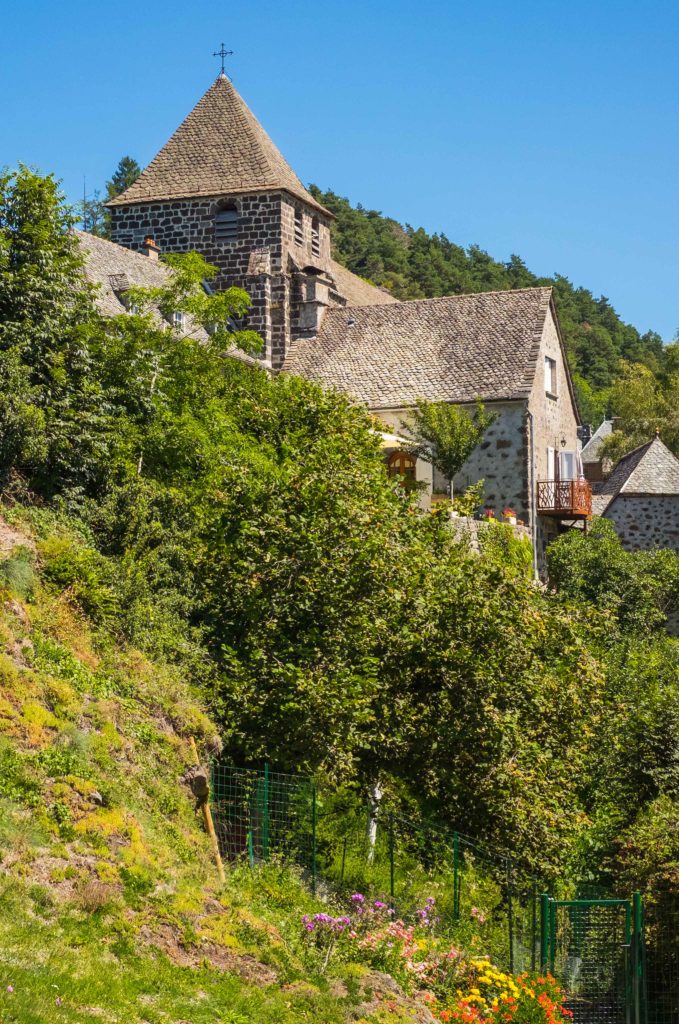
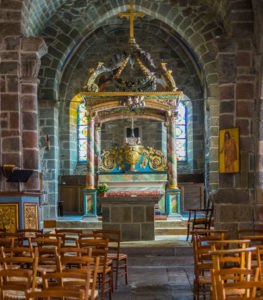
(Even this church, though, carries reminders of the conflict between the town’s two founding families. The tomb of Claude D’Anjony can be found in the building’s choir; in 1532, it is said, he was murdered in the town’s cemetery by a member of the Tournemire family.)
A spectacular view of the countryside
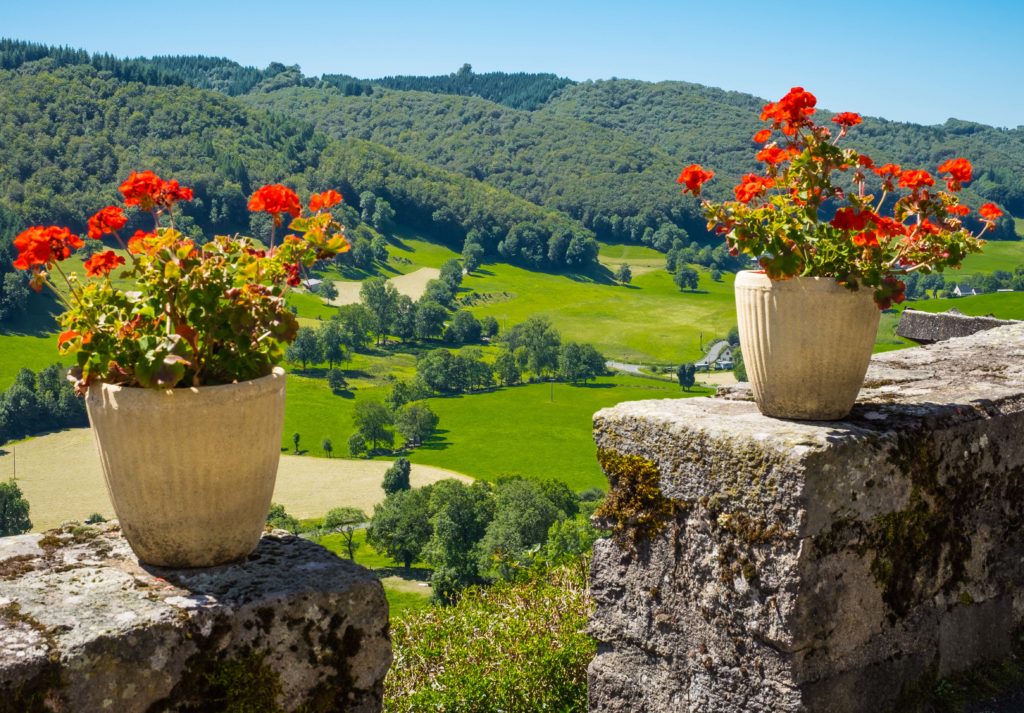
For me, though, the natural beauty of Tournemire’s setting is one of the best reasons to come here. The town is in my favorite region of France, the Cantal. To get here required driving on tiny “D”-roads (departemental country lanes); although the posted speed limit is 90 kph, there are hairpin turns every twenty meters or so and driving faster than 20 kph would be suicidal in many places.
I came over the summit of the Puy Mary, one of the most dramatic peaks in the great volcano chain that makes up France’s Massif Central. The valley around Tournemire is at 2,500 feet above sea level, still verdant and rich as the harvest began in early September.
Like other “most beautiful villages”, Tournemire has the requisite “pedestrians only” zone, the fine old buildings restored to a high level, and some history worthy of a swashbuckling novel. If you make it to the Cantal, it’s definitely one of the places you should search out for a most interesting day trip!
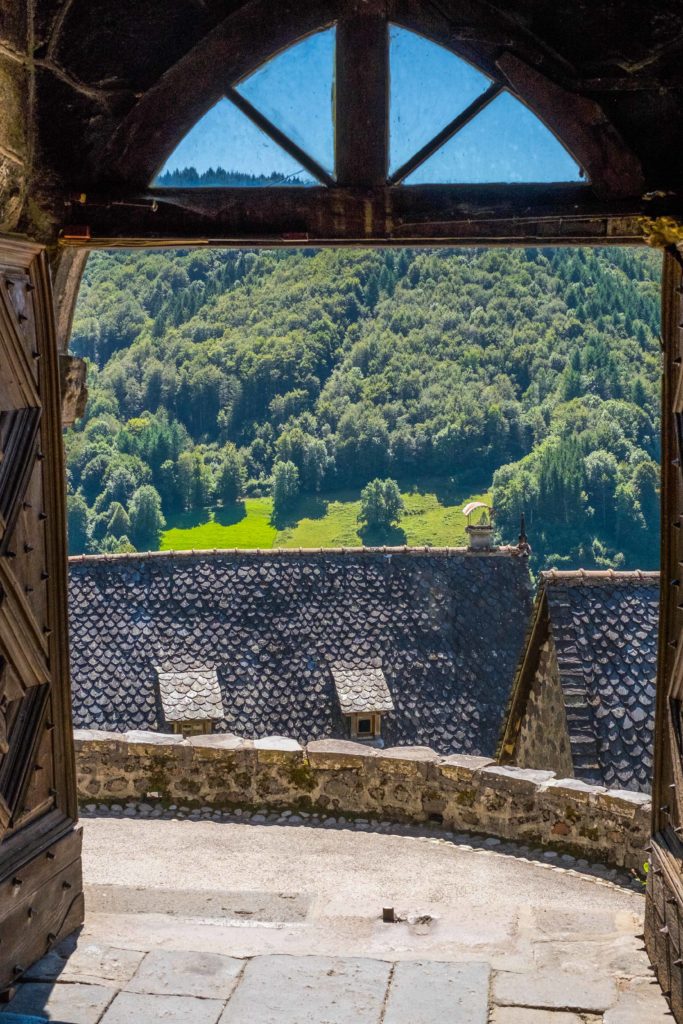
Have you visited other “most beautiful villages” in your travels around France? What did you like best? Please tell us your experience in the comments section below. As always, I’d be grateful if you’d also take a second to share this post with someone else by clicking on the button(s) for your preferred social-media platform(s).
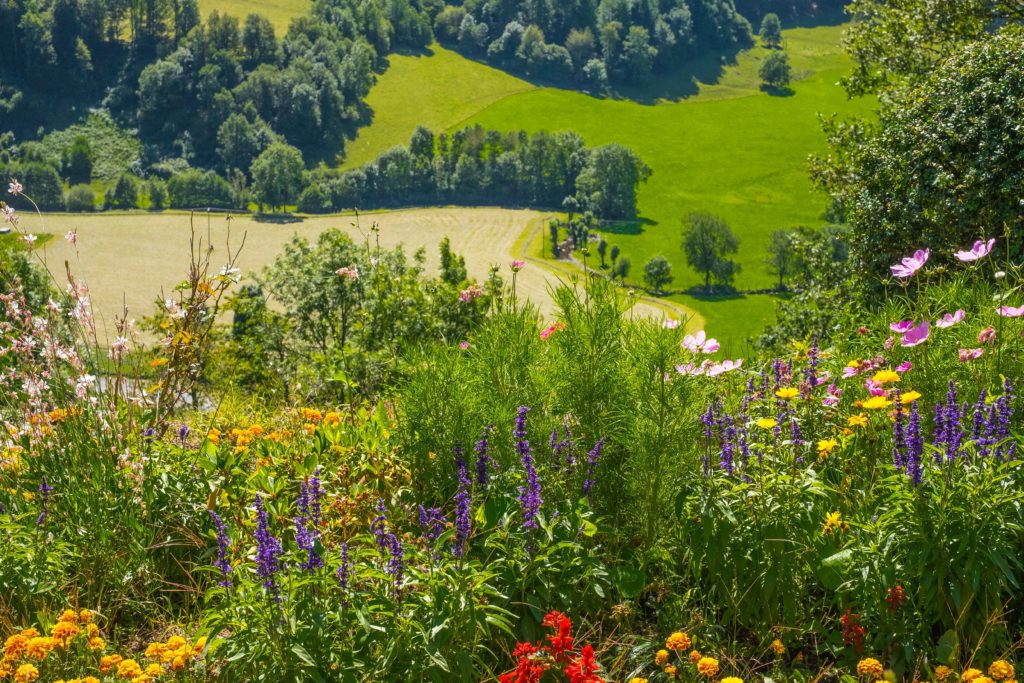
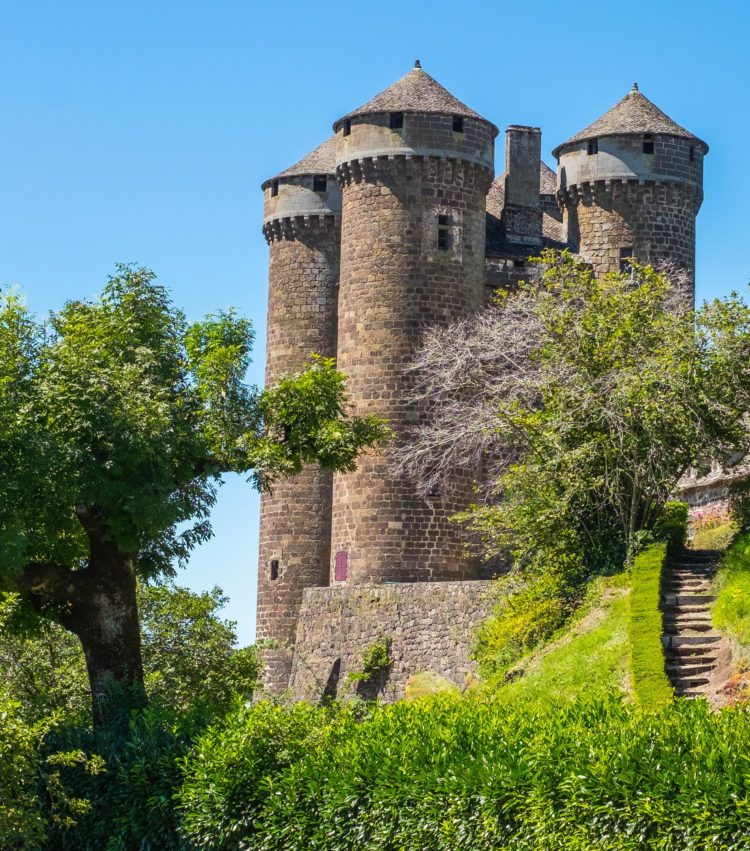

Thank you again for your wonderful descriptions of the towns and villages of France, our list of places to visit grows every week!
Lee and I loved this place. The surrounding landscape is so beautiful. We love reading your posts, Richard. I have some catching up to do, though!